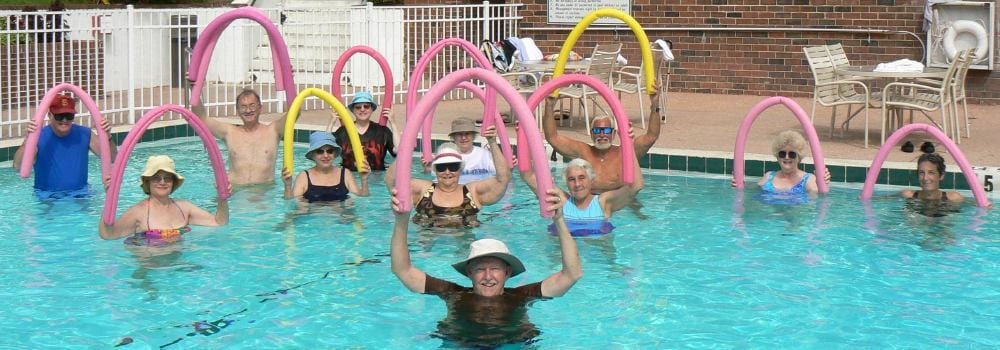
A major concern for many elderly patients and their loved ones is when they need some form of surgery. Regardless of the type of surgery needed it’s often something that causes significant anxiety and stress for all involved. Often worrying about how quickly they will recover and if they will be able to return to how they were before the surgery.
One research showed that elderly patients who developed complications 30 days after surgery were more likely to have reduced long term survival rate. The study showed that even if elderly patients didn’t develop complications immediately, their physical functions post surgery reduced by 20%-40%, making them vulnerable to further deterioration in health.
Whilst this does not mean older people shouldn’t have surgery, it simple means more needs to be done to minimise the risks in the first place.
The treatment’s secret: Prehabilitation, which is simply getting patients to eat better and exercise more before the operation to improve their their health. Whilst it may seem like common sense, not enough elderly patients are offered it.
Prehabilitation or ‘prehab’ has been around for decades, and whilst the benefits have been known equally for the same amount of time. It has not widely been adopted by surgeons and health professionals, therefore it’s not surprising that the general public are also not educated on its benefits.
Prehabilitation is a form of strength training which helps elderly people improve physical function through exercise, better nutrition and smoking cessation. Commenced a few weeks before an operation.
In prior decades, few hospitals considered doing a form of rehabilitation before surgery. The origin of this goes back to studies on colorectal surgery patients and whether providing rehabilitation techniques prior to surgery could reduce post-surgery complications.
While the studies were initially small, four of the studies showed a dramatic improvement in patients outcomes after surgery. Walking distance and respiratory endurance particularly improved, though those first studies needed further clarification on efficacy.
More recent studies however have showed how effective prehabilitation is for elderly patients particularly when they require numerous surgeries.
Over a decade ago research at Khoo Teck Puat Hospital in Singapore, had poor track record when it came to their colorectal and colon surgeries. Back then, ten out of 100 patients would frequently die 30 days following surgery. Thirty-one of these patients usually suffered major complications, often requiring intensive care.
Eventually, the hospital realised the benefits of prehabilitation, which was closely related to proper diet and targeted physical exercise. The study recommended providing the elderly patient with high-protein meals with carbohydrates prior to surgery. This food helps give the patient more energy, increasing overall body function.
Elderly patients are sometimes undernourished before having the above surgeries, leading to immune system breakdown during the recovery process. The study highlighted the importance of well-balanced meals for all ageing people, regardless of whether they’re having an operation.
Some key foods elderly patients should consume to get protein and carbohydrates:
These are just some foods to consume, or as snacks in-between meals. If your older parent can’t eat a lot, something as simple as peanut butter or eating peanuts can give them the protein they need.
Doing light physical exercise before surgery is another successful aspect to prehabilitation, yet not promoted or encouraged enough in hospitals. Often due to a lack of knowledge of staff and ‘time’ for nursing staff/health professionals. The types of exercise your older loved one should do all depends on the type of surgery they’re having.
For knee and hip replacements, exercises like ankle pumps, or knee bending (while sitting) can do a lot to reinforce the body.
Any exercise building up specific areas of the body enhances endurance to the rigours of surgery. Many of those strength-building exercises can take place in a chair if an older person can’t use an exercise mat.
Other hospitals have taken the lead from Khoo Teck Puat Hospital and started using prehabilitation techniques. Here in Australia, various studies have occurred on prehabilitation effectiveness. These studies expanded on what’s possible, including going beyond focusing on diet.
Now prehabilitation can hone in on nutritional counseling, as well as anxiety reduction. The latter is highly beneficial to reduce any forms of stress that could affect how fast healing occurs.
Some hospitals in Australia use prehabilitation in various forms now where 94% of patients no longer need to complete inpatient rehabilitation.